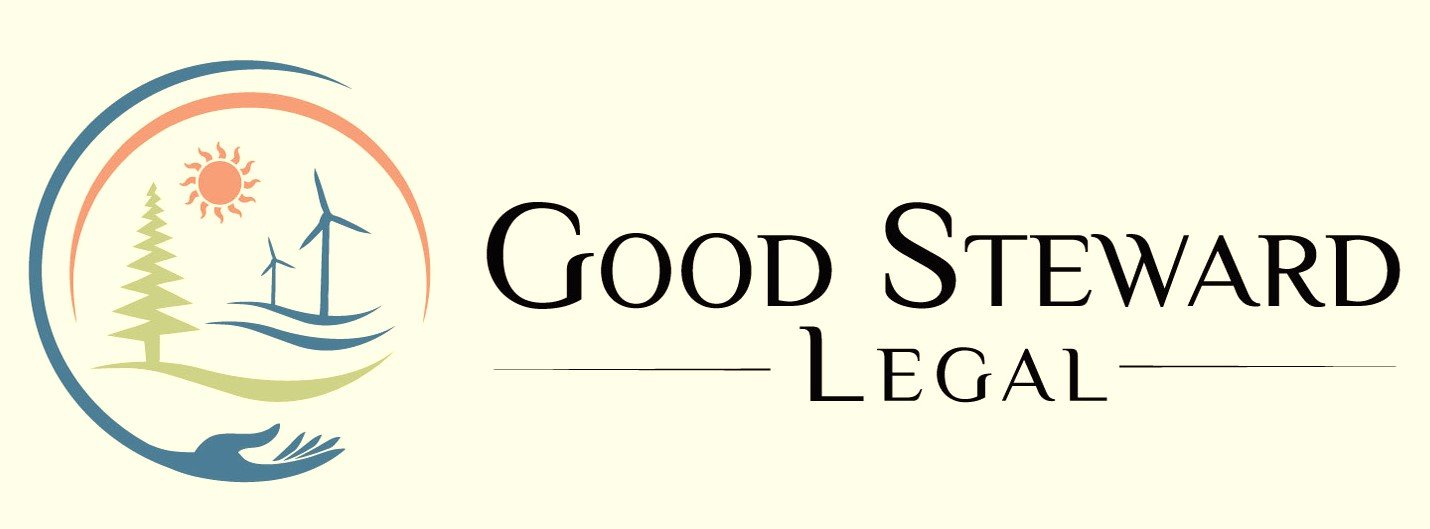DOE Determinations Force States to Review Energy-Efficiency Provisions of Residential and Commercial Codes
On July 28, 2021, pursuant to the Energy Conservation and Production Act (“ECPA”), the Office of Energy Efficiency and Renewable Energy of the U.S. Department of Energy (“DOE”) issued two notices of determination. The first notice (“Notice 1”) concludes that the 2021 International Energy Conservation Code (“IECC”) would improve energy efficiency in residential buildings subject to the code. 86 Fed. Reg. 40,529. The second notice (“Notice 2”) concludes that “ANSI/ASHRAE/IES Standard 90.1-2019: Energy Standard for Buildings, Except Low-Rise Residential Buildings” (“2019 Standard 90.1”) would improve energy efficiency in commercial buildings subject to the code. 86 Fed. Reg. 40,543. These determinations trigger mandatory action by States.
Background
ECPA provides requirements for building energy conservation standards, which are administered by the U.S. Department of Energy’s Building Energy Codes Program (“DOE”). Among other things, ECPA requires DOE to determine within 12 months of any revision to the International Energy Conservation Code (“IECC”) whether the revision would improve energy efficiency in residential buildings. If DOE determines that the revision would improve the level of energy efficiency in residential buildings, then each State has two years to certify that it has reviewed its residential building code regarding energy efficiency and determined whether it is appropriate to update its code to meet or exceed the provisions of the latest IECC revisions.
Similarly, ECPA requires DOE to determine within 12 months of any revision to ANSI/ASHRAE/IES Standard 90.1 whether the revision would improve energy efficiency in commercial buildings. If DOE determines that the revision would improve the level of energy efficiency in commercial buildings, then each State has two years to certify that it has updated the provisions of its commercial buildings code related to energy efficiency to meet or exceed the revised Standard 90.1.
Notice 1
After reviewing the 2021 IECC, DOE determined that the updated edition would improve energy efficiency in residential buildings subject to the code. DOE’s analysis concludes that the 2021 IECC would result in national site energy savings of 9.38 percent, source energy savings of 8.79 percent, and energy cost savings of approximately 8.66 percent of residential building energy consumption. According to DOE, “States can experience significant benefits by updating their codes to reflect current construction standards, a total estimated $74.61 billion in energy cost savings and 424.20 MMT of avoided CO2 emissions in residential buildings (cumulative 2010 through 2040), or $3.24 billion in annual energy cost savings and 18.50 MMT in annual avoided CO2 emissions (annually by 2030).”
Based on DOE’s determination, States must now make their own determinations about whether to update their relevant residential code provisions related to energy efficiency. State determinations must be made after public notice and hearing, based upon findings and upon the evidence provided at the hearing, and made available to the public. If a State determines that it is not appropriate to revise the energy provisions of its residential code, it must provide DOE with a written statement providing the reasons for its determination.
Notice 2
After reviewing the 2019 Standard 90.1, DOE determined that the updated Standard would improve energy efficiency in commercial buildings subject to the code. DOE’s analysis concludes that the 2019 Standard 90.1 would result in 4.7 percent site energy savings, 4.3 percent source energy savings, and 4.3 percent energy cost savings. According to DOE, “States can experience significant benefits by updating their codes to reflect current construction standards, a total estimated $63.80 billion in energy cost savings and 476.77 MMT of avoided CO2 emissions in commercial buildings (cumulative 2010 through 2040), or $2.80 billion in annual energy cost savings and 21.16 MMT in annual avoided CO2 emissions (annually by 2030).”
Based on DOE’s determination, each State must certify that it has reviewed and updated the provisions in its commercial building code related to energy efficiency to meet or exceed 2019 Standard 90.1. Although 2019 Standard 90.1 applies to “commercial buildings,” that term includes multi-residential buildings greater than three stories, hotels, motels, and other transient residential building types of any height.
***
A copy of Notice 1 is available here, and a copy of Notice 2 is available here.
If you have any questions about either Notice 1 or Notice 2, please contact Good Steward Legal at insights@goodstewardlegal.com.
Good Steward Legal is a principles-based business law office dedicated to protecting and advancing its clients’ interests by providing them with cost-effective, high-quality legal service.
